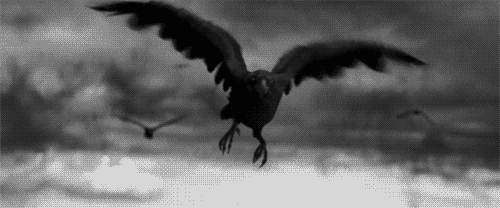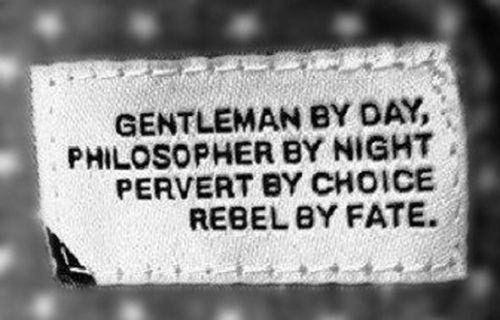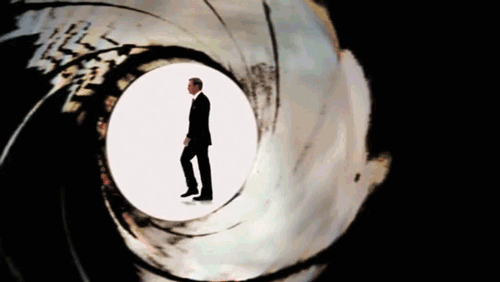Tarsem's "The Fall" is a mad folly, an extravagant visual orgy, a free-fall from reality into uncharted realms. Surely it is one of the wildest indulgences a director has ever granted himself.
The story framework for the imagery is straightforward. In Los Angeles, circa 1915, a silent movie stunt man has his legs paralyzed while performing a reckless stunt. He convalesces in a half-deserted hospital, its corridors of cream and lime stretching from ward to ward of mostly empty beds, their pillows and sheets awaiting the harvest of World War I. The stunt man is Roy (Lee Pace), pleasant in appearance, confiding in speech, happy to make a new friend of a little girl named Alexandria (Catinca Untaru).
Roy tells a story to Alexandria, involving adventurers who change appearance as quickly as a child's imagination can do its work. We see the process. He tells her of an "Indian" who has a wigwam and a squaw. She does not know these words, and envisions an Indian from a land of palaces, turbans and swamis. The verbal story is input from Roy; the visual story is output from Alexandria.
The story involves Roy (playing the Black Bandit) and his friends: a bomb-throwing Italian anarchist, an escaped African slave, an Indian (from India), and Charles Darwin and his pet monkey, Wallace. Their sworn enemy, Governor Odious, has stranded them on a desert island, but they come ashore (riding swimming elephants, of course) and wage war on him.
Roy draws out the story for a personal motive; after Alexandria brings him some communion wafers from the hospital chapel, he persuades her to steal some morphine tablets from the dispensary. Paralyzed and having lost his great love (she is the Princess in his story), he hopes to kill himself. There is a wonderful scene of the little girl trying to draw him back to life.
What you see in the title sequence for Tarsem’s “The Fall” is a director’s absolute control over his vision. To view it after seeing the film is a gift; a rare and beautiful thing. Surreal, extravagant and a world I’d like to step in to, not to bear witness, but to sense things in such a way.
Scored to Beethoven’s Symphony No 7 In A Major, Op.92 (2-Allegretto), the visuals hit their money notes in quick succession. The bridge becomes a stage and the caballus curtain rises as the sequence concludes.
From Tarsem’s DVD commentary, out on January 26, 2009 : “It is hard to define…I wanted chaos without energy.”
























No comments:
Post a Comment